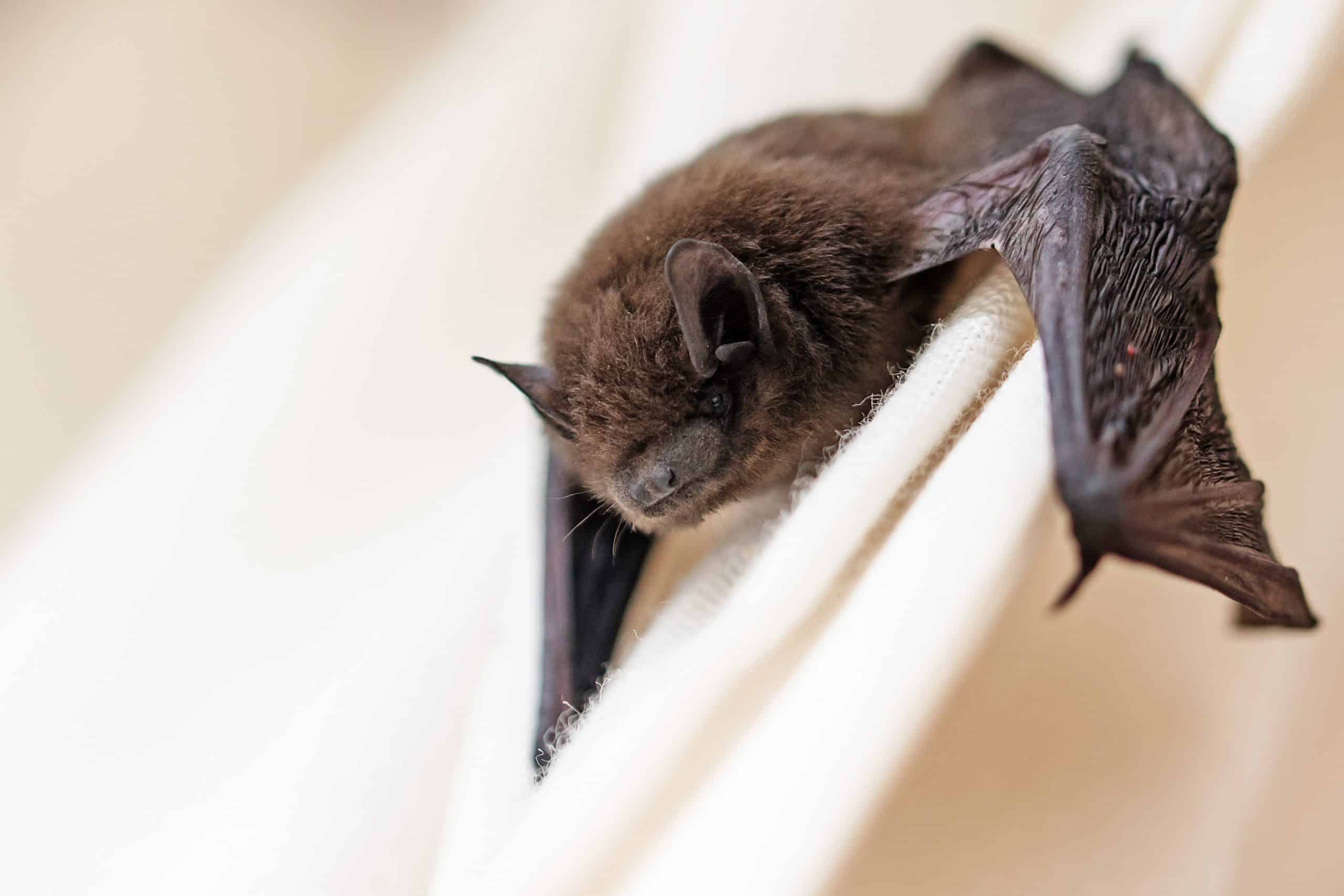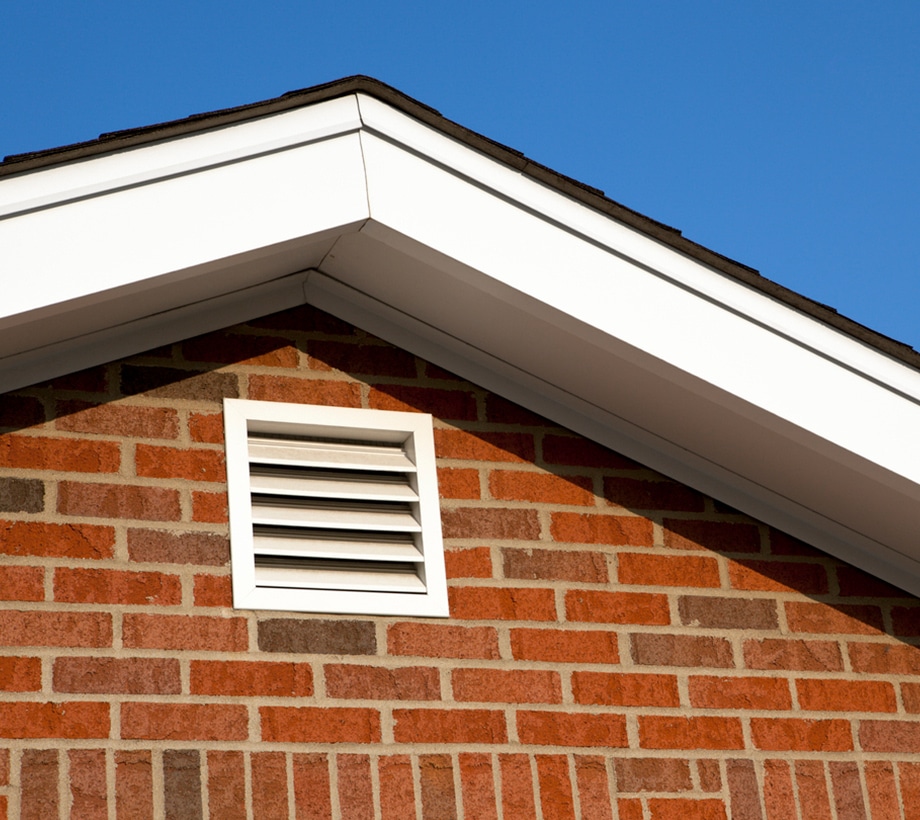
Bat Removal Company in Farmington Hills, MI
Safe & Effective Bat Removal for Homes & Businesses
Farmington Hills has the right mix of mature trees, older homes, and roofline gaps that allow bats—especially big brown bats—to settle in attics, soffits, or wall voids. These colonies often roost quietly until signs become hard to ignore, such as fluttering at night, visible guano near vents, or strong odors in living spaces.
Creature Control offers humane bat removal services across Farmington Hills. We inspect your home for active roosting sites, locate potential entry points, and install one-way exclusion devices to safely remove bats without harm. Our team also handles guano cleanup, odor control, and insulation replacement to restore safety and air quality.
If you’re dealing with bat activity in your attic or walls, contact us today for local service and long-term protection.

Recognizing Signs of a Bat Infestation in Farmington Hills Homes
Bat infestations often begin quietly, with colonies settling in roosting sites such as soffits, attic spaces, and roof vents. Because bats are nocturnal and remain still during the day, early signs can be easy to miss.
Bats can squeeze through openings as small as 3/8 of an inch, making detecting how they’re getting in difficult. Over time, bat populations can cause odors, attract pests, and contribute to structural damage inside your home.
Watch for the following signs of bat activity:
- Bat Droppings (Guano): Accumulates near attic flooring, vents, or along exterior siding
- Dead Bats: Found near gaps where bats enter and exit the roof
- Fluttering Noises: Heard from attic areas or walls after sunset
- Strong Odors: Caused by urine and guano buildup in confined spaces
- Insect Activity: Flies, beetles, or other pests drawn to bat waste
- Stained Entry Points: Greasy marks near soffits, vents, or roof edges
- Visible Bats: Flying near the roofline at dusk, especially during warm months
If you see any of these warning signs in your Farmington Hills property, contact local pest control experts right away. Quick action helps seal entry points, safely remove bats, and prevent long-term contamination or damage.
Common Bats in Farmington Hills Homes
Farmington Hills’s wooded neighborhoods and aging rooflines offer ideal roosting sites for several bat species. Bats can squeeze through small gaps around vents, soffits, and roofing—some as narrow as 3/8 of an inch—without being noticed.
Once inside, they settle in attics or wall cavities and quietly form colonies that may go undetected for months. Understanding which species are most active in the area helps guide safe and legal removal.
The most common bats found in Farmington Hills include:
- Big Brown Bats: Frequently found in attics; active into colder months
- Little Brown Bats: Roost in large numbers, often in insulation or behind walls
- Tri-Colored Bats: Seek quiet, undisturbed spaces near upper home levels
- Eastern Red Bats: Typically solitary but may enter during storms or extreme weather
All of these species can carry rabies and create risks through guano buildup, indoor odors, and potential bat damage. If you’ve seen bats in the attic or one flying inside your home, contact a professional bat removal company to inspect, identify entry points, and safely exclude the colony.

Step-By-Step Guide to Our Farmington Hills Bat Removal Services
Why You Want to Get Rid of Bats Right Away
Delaying bat control gives colonies time to grow, leading to increased guano and urine buildup in your attic or wall cavities. This waste creates strong odors, attracts insects, and may release airborne spores that can cause respiratory issues such as histoplasmosis. Moisture from bat waste can also damage insulation and wood framing.
Taking action early helps prevent structural damage and reduces cleanup costs. Removing bats quickly protects your air quality and limits the risk of contamination spreading throughout your home. If you’ve heard fluttering or noticed signs near the roofline, it’s best to schedule removal right away.
Farmington Hills Bat Control FAQs
Bat urine can soak into insulation, wood framing, and other porous materials, creating lasting odor and structural concerns. Over time, this waste can weaken attic materials and contribute to mold or moisture issues, especially in poorly ventilated areas.
In addition to the smell, bat urine often accompanies guano buildup, which increases the risk of airborne fungal spores such as those linked to histoplasmosis. Cleaning affected areas thoroughly is key to restoring safe air quality and preventing further damage.
There are several signs that bats may be roosting in your attic or wall cavities. Look for:
- Guano Piles: Found near vents, attic flooring, or exterior siding
- Stained Entry Points: Greasy marks around soffits or roof gaps
- Noises at Dusk: Scratching or fluttering after sunset
- Strong Odors: Caused by bat urine and droppings
- Insect Activity: Flies or beetles drawn to bat waste
If you see any of these, contact a local wildlife control provider to confirm and remove the colony.
Bat removal in Michigan is regulated and must be done humanely and legally. A licensed wildlife control company understands how to inspect the structure, identify roosting sites, and perform exclusion without violating bat protection laws.
Trying to remove bats yourself may trap them inside or fail to stop the problem at its source. Professional services ensure the colony is removed completely and entry points are sealed to prevent reentry.
Bat guano should never be handled without proper safety precautions. If you find droppings:
- Avoid Disturbing It: Movement may release airborne spores
- Do Not Vacuum: Standard vacuums can spread contaminants
- Check Ventilation: Close off airflow to affected areas
- Call Wildlife Control: Schedule a professional inspection and cleanup
- Look for Additional Signs: The presence of guano often means active roosting
Prompt cleanup of bat guano and urine helps limit health risks and prevents the issue from getting worse.
Yes. If entry points are not sealed after exclusion, bats can return to the same roosting sites, even years later. Bats are highly site-loyal and will attempt to re-enter structures they’ve used before, especially if the building still offers quiet, protected spaces.
That’s why sealing all access points is a critical part of the wildlife control process. Without full bat-proofing, you risk repeat infestations and continued exposure to guano, bat urine, and long-term structural damage.
Contact the No. 1 Bat Removal Company in Farmington Hills
Bats living in your attic can affect health, damage property, and make your home unsafe. Creature Control uses humane bat exclusion methods to safely remove infestations and block future access. We inspect, seal, and clean every affected area to protect your home for the long term.
Call our team today for professional bat removal services in Farmington Hills.